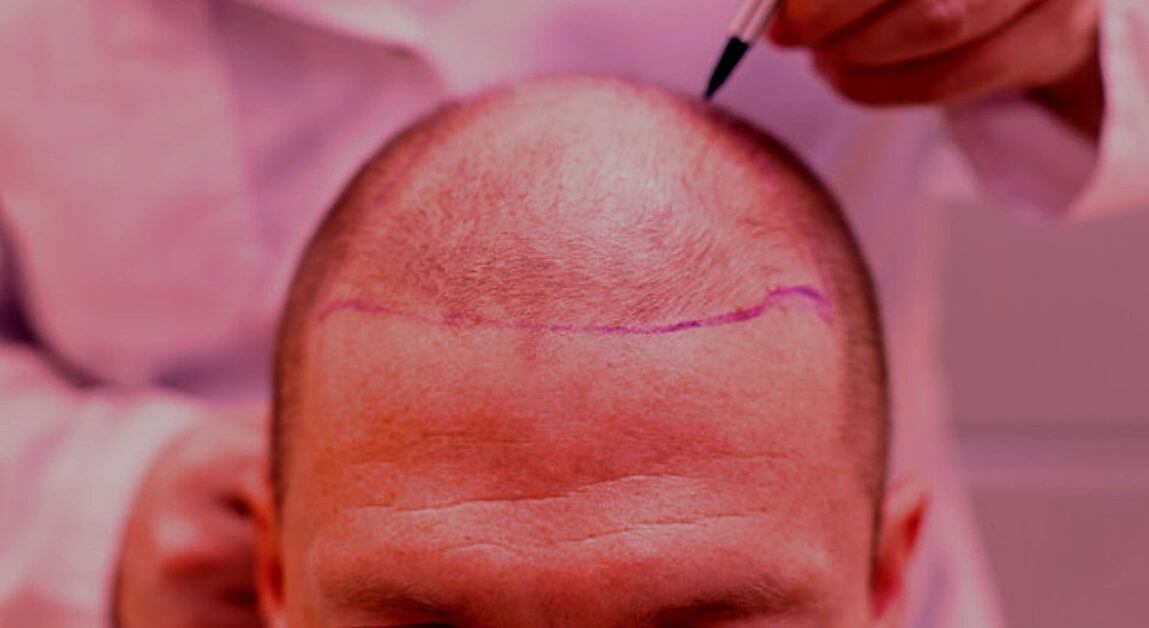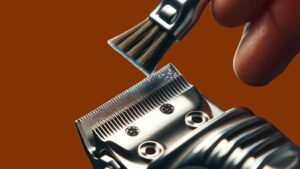
Hair Transplant Explained: Everything You Need to Know
Hair transplant is a common method of treating hair loss.
There are multiple methods available for performing a hair transplant, wherein hair is relocated from one area to another on your scalp.
Grafting is the most frequently utilized approach. In order to be eligible for this procedure, it is important to have denser hair in certain regions of your head.
In this article we will explain everything you need to know about hair transplant; how it works; what conditions does hair restoration surgery treat; are you the right candidate for taking this treatment; what methods are available etc.
Want To Listen Instead? Click the button bellow!
Causes Of Hair Loss

There are many reason that can lead to hair loss, and its nature can vary from temporary to permanent. When it comes to permanent hair loss, hair implants can be a potential solution for the following causes:
- Alopecia areata: This autoimmune disease targets hair follicles.
- Androgenic alopecia: Also known as pattern baldness.
- Thyroid diseases or hormonal imbalances.
- Traumatic injuries or burns.
How Does Hair Transplant Works?
The healthcare provider extracts grafts, which are small sections of skin, from regions of the body with abundant and healthy hair. This region is commonly referred to as the donor site and is typically located at the back of the scalp, where hair tends to be the densest.
Subsequently, the healthcare provider relocates these grafts to areas of the scalp that lack hair. After the transplanted skin has fully healed, it is expected to sustain hair growth.
See Also: Best Laser Caps For Hair Growth: Product Reviews
Candidates for This Type Of Treatment
If the following conditions apply to you, you might be eligible for hair replacement surgery:
You are in overall good health.
You hold reasonable expectations regarding the outcomes of hair replacement.
There are still areas on your scalp where you have significant hair growth.
Different Methods Of Hair Transplant

Hair transplant surgery can be conducted using various methods, which are:
- Grafting
- Scalp reduction
- Flap surgery
- Tissue expansion
#1 Grafting
Hair grafting is the prevailing method for performing hair transplant surgeries. In this procedure, a medical professional skillfully extracts small portions of the scalp that contain healthy hair. To accomplish this, they may employ a small, circular punch to remove skin containing approximately 10 to 15 hairs.
These grafts were formerly referred to as “hair plugs.” Additionally, there are micro-grafts that consist of one to two hairs.
The duration of the procedure can span several hours. While most individuals remain conscious throughout the surgery, they receive medication to numb the scalp. The number of procedures required depends on the extent of hair relocation necessary. Adequate healing time, usually a few months, is necessary for the scalp between each procedure.
#2 Scalp Reduction
Scalp reduction, also referred to as alopecia reduction. This procedure involves the extraction of a small portion of bald skin from the scalp. The surgeon then releases nearby skin that contains hair and stretches it across the bald region. The skin is subsequently secured in place through stitching.
Scalp reduction is particularly effective for addressing hair loss on the top and back areas of the head, where hair-surrounded skin is typically present. In some cases, providers combine scalp reduction with hair implants to attain complete coverage. Similar to grafting, scalp reduction generally necessitates only local anesthesia, eliminating the need for general anesthesia.
#3 Flap Surgery
Flap surgery may be advised by your surgeon if you have significant areas of baldness near the front of your scalp. This surgical procedure is conducted in multiple stages spread out over a few weeks.
The surgeon strategically makes shallow incisions on three sides of the donor site, while keeping the fourth side intact to preserve its original blood supply. By utilizing this technique, the surgeon can delicately detach and elevate the flap, covering the bald regions. It’s important to note that flap surgery necessitates the use of general anesthesia.
#4 Tissue Expansion
If you are experiencing scalp baldness or disfigurement caused by burns, your healthcare provider might recommend undergoing tissue expansion surgery. This procedure involves multiple steps and is performed under general anesthesia:
- A reconstructive surgeon will place a balloon-like implant, known as a tissue expander, beneath the area of the scalp where hair is still present.
- Over the course of several weeks, the expander will be slowly filled with a saline solution, gradually stretching the surrounding skin.
- Once the desired amount of expansion is achieved, the surgeon will proceed with a second surgical intervention.
Recovery Process
Hair transplants are typically performed as outpatient procedures, allowing you to return home on the same day. The duration of your recovery will vary based on the specific type of transplant you undergo. Here is a general timeline for the post-surgery period:
- Day 1: Take off the bandages covering the treated area.
- Day 2: Gently wash your hair as instructed.
- Days 3 to 5: Resume work and engage in light activities.
- Around 10 days: Have your healthcare provider remove the stitches.
- Approximately 3 weeks: Add or continue exercise or sports into your routine.
How Long Will It Take for My Hair to Regrow Again?
The complete outcome of a hair transplant may not become apparent until approximately a year has passed. It is typical for the transplanted hair to shed during the healing process of the graft or flap. However, this is a normal occurrence, and the hair is expected to regrow. In order to achieve a natural appearance, it might be necessary to undergo multiple follow-up hair transplant procedures, commonly referred to as “touch-up” surgeries.
Related Articles:
- Best Laser Caps For Hair Growth: Product Reviews
- The Science Behind Laser Hair Therapy: How Does it Work?
- Discover the Benefits of Using a Hair Cap For Hair Loss
- Minoxidil for Hair Regrowth: Understanding the Benefits and Risks
Frequently Asked Questions
Like any surgical procedure, hair transplant surgery carries some risks. These can include infection, bleeding, scarring, and temporary shock loss (temporary shedding of existing hair). However, these risks are relatively rare, and with a skilled surgeon, the likelihood of complications is minimized.
You will receive anesthesia, so you should not experience any pain during the procedure.
However, mild discomfort or soreness in the treated areas might be felt after the surgery.
Pain medication can be prescribed to manage any postoperative discomfort.
The cost of a hair transplant in the United States ranges from $4,000 to $15,000. It’s important to keep in mind that this cost is an investment in your appearance!
Conclusion
And that’s it! There are many other solutions to treating hair loss, but a hair transplant seems to be the safest and most effective, of course it’s a high budget option, but this is a lifetime investment for your appearance! We highly suggest you to schedule a consultation with a qualified hair transplant surgeon or a hair loss specialist. They can evaluate your specific condition, discuss your goals, and provide personalized recommendations tailored to your needs.


